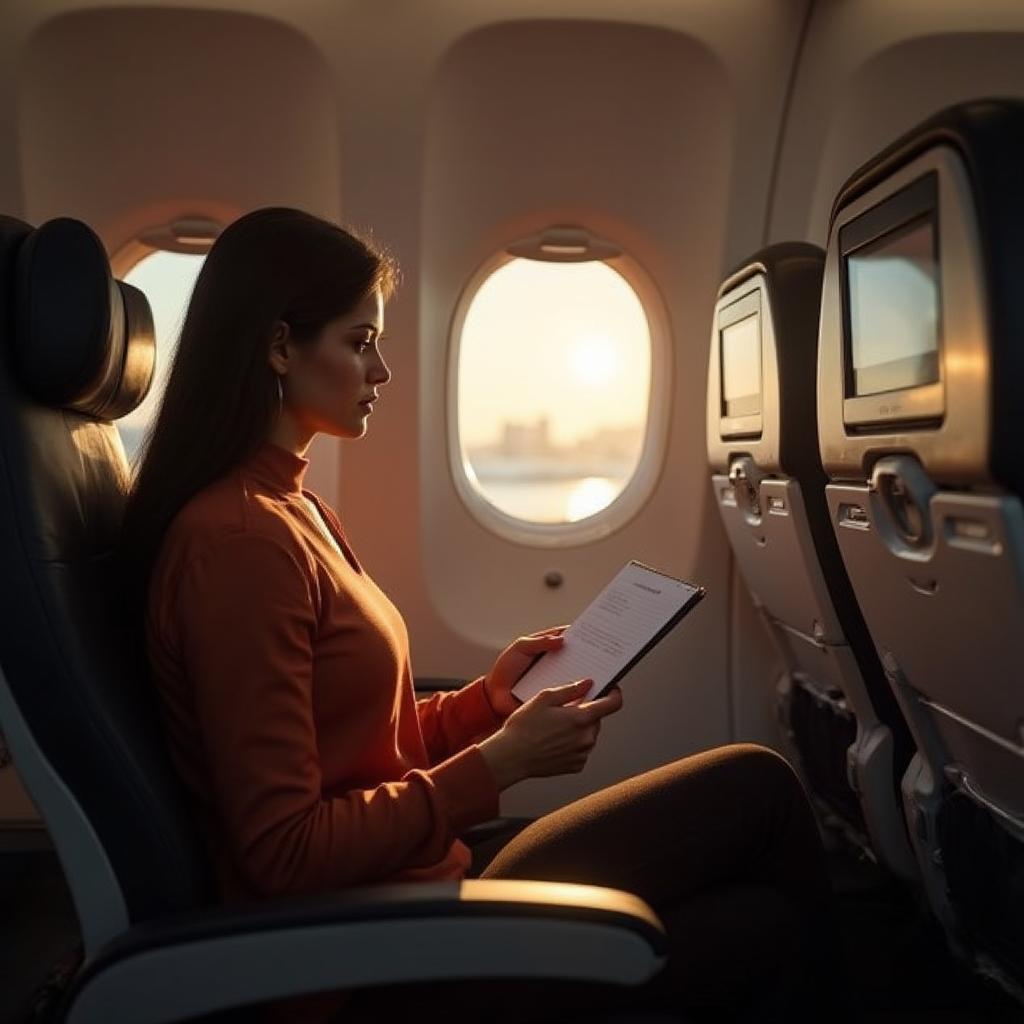
Fear of flying, or aerophobia, is more common than you might think—especially after hearing about plane accidents. Whether it’s delayed flights or turbulence, many of us feel a little uneasy in the air. But for some, this anxiety can spiral into a full-blown phobia that makes even the thought of boarding a plane unbearable. So, how can you manage this fear and get back to traveling with confidence?
What’s the Difference Between Flight Anxiety and Aerophobia?
Nervousness about flying is normal—think sweaty palms during takeoff or a racing heart when there’s turbulence. But aerophobia is different. It’s more intense and can lead to physical symptoms like dizziness, nausea, or even vomiting. People with this phobia might cancel trips at the last minute or avoid flying altogether, which can seriously limit their lives.
What Triggers Aerophobia?
Experts say there’s no one cause for fear of flying. It can stem from a past traumatic experience, like a car crash or natural disaster, or even be passed down from a parent who’s nervous about flying. For some, it’s not just about crashing—it’s the fear of being trapped in a metal tube high above the ground.
